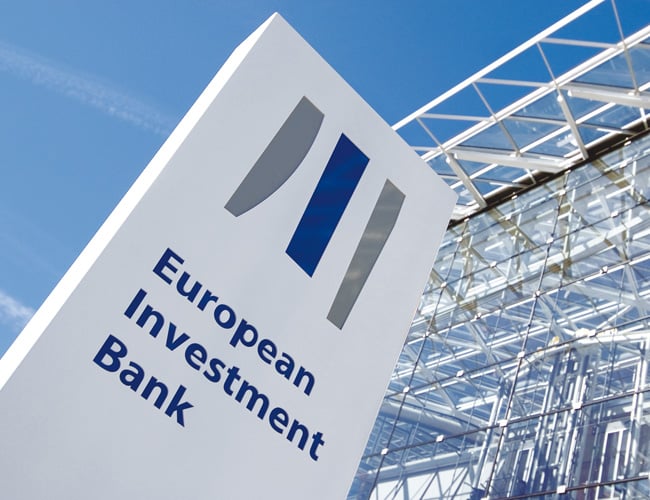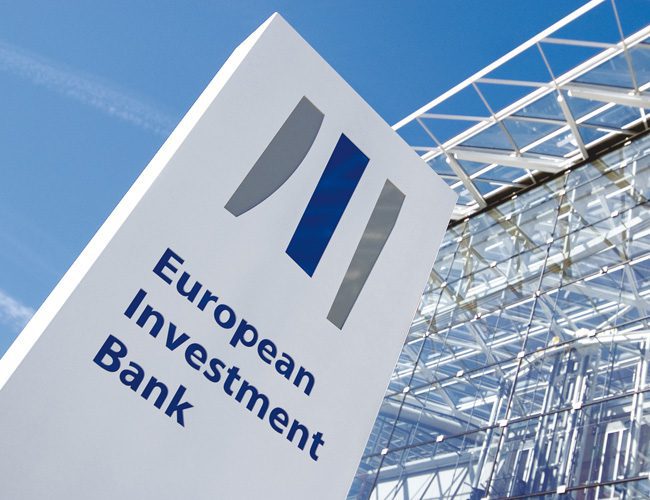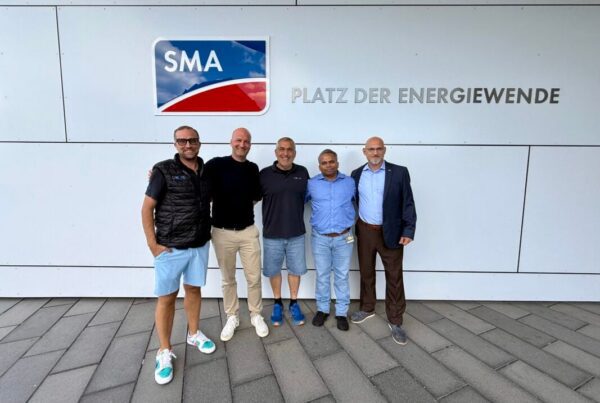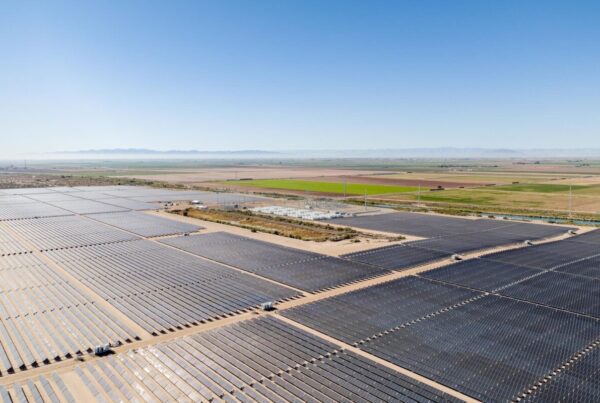
The European Investment Bank (EIB) will support the RePowerEU scheme with €30 billion (US$29.7 billion) in loans and equity financing over the next five years, as it looks to secure Europe’s renewable energy future and reduce its dependence on Russian gas.
The funds, to be directed to renewables, energy efficiency, grids and storage, electric vehicle infrastructure and new technologies, are expected to mobilise up to €115 billion (US$113.8 billion) in investment across European renewables industries. The additional €30 billion shores up the already robust investment that the EIB Group has been making in the energy sector over the past decade, approximately €10 billion (US$9.8 billion) a year.
“This horrible war and Russia’s blackmail over gas supplies affirmed that our dependency on fossil fuels is a critical security vulnerability,” Werner Hoyer, president of the EIB Group, said.
In May, responding to the invasion, the EU published the RePowerEU strategy, ramping up its solar deployment target to almost 740GWdc by 2030.
While this additional funding is designed to improve Europe’s medium-term energy security and lessen supply shocks like the recent one with Russian gas, it follows a €5.5 billion (US$5.4 billion) EIB financing package for clean energy and climate action initiatives including new wind power in the Baltics and improved transmission networks in Poland and Spain. This smaller package could see gas demands fall as soon as next year, the EIB has said.
To accelerate and optimise the impacts of the investment, the EIB board has announced a slew of technical and policy measures as well. Included are higher upfront disbursements, longer tenors to make EIB loans more attractive to the energy sector and an increased co-financing ceiling from 50 to 75% for projects contributing to the REPowerEU objectives.
In September the bank also stated its intention to provide US$10 billion to support communities that are most adversely affected by the energy transition, as Europe scrambles to decarbonise and remove itself from beneath the yoke of Russian gas.
In a positive response to the REPowerEU’s goals, Statkraft predicted ‘significant’ increases in European solar PV in Europe following the invasion of Ukraine, forecasting in its Low Emissions Scenario that solar would become the world’s largest source of energy by 2035.






